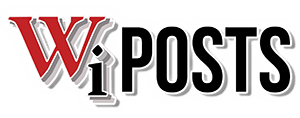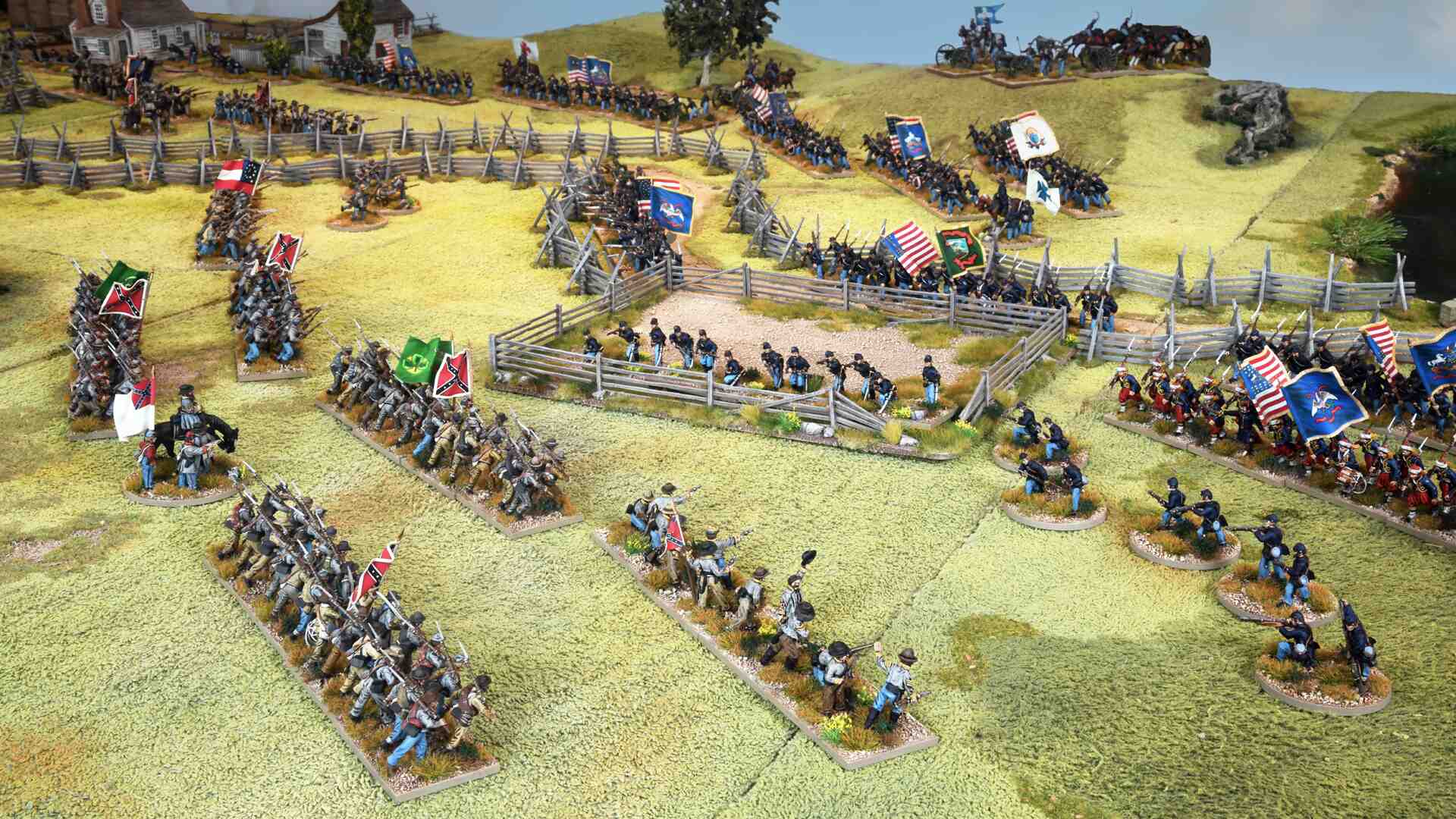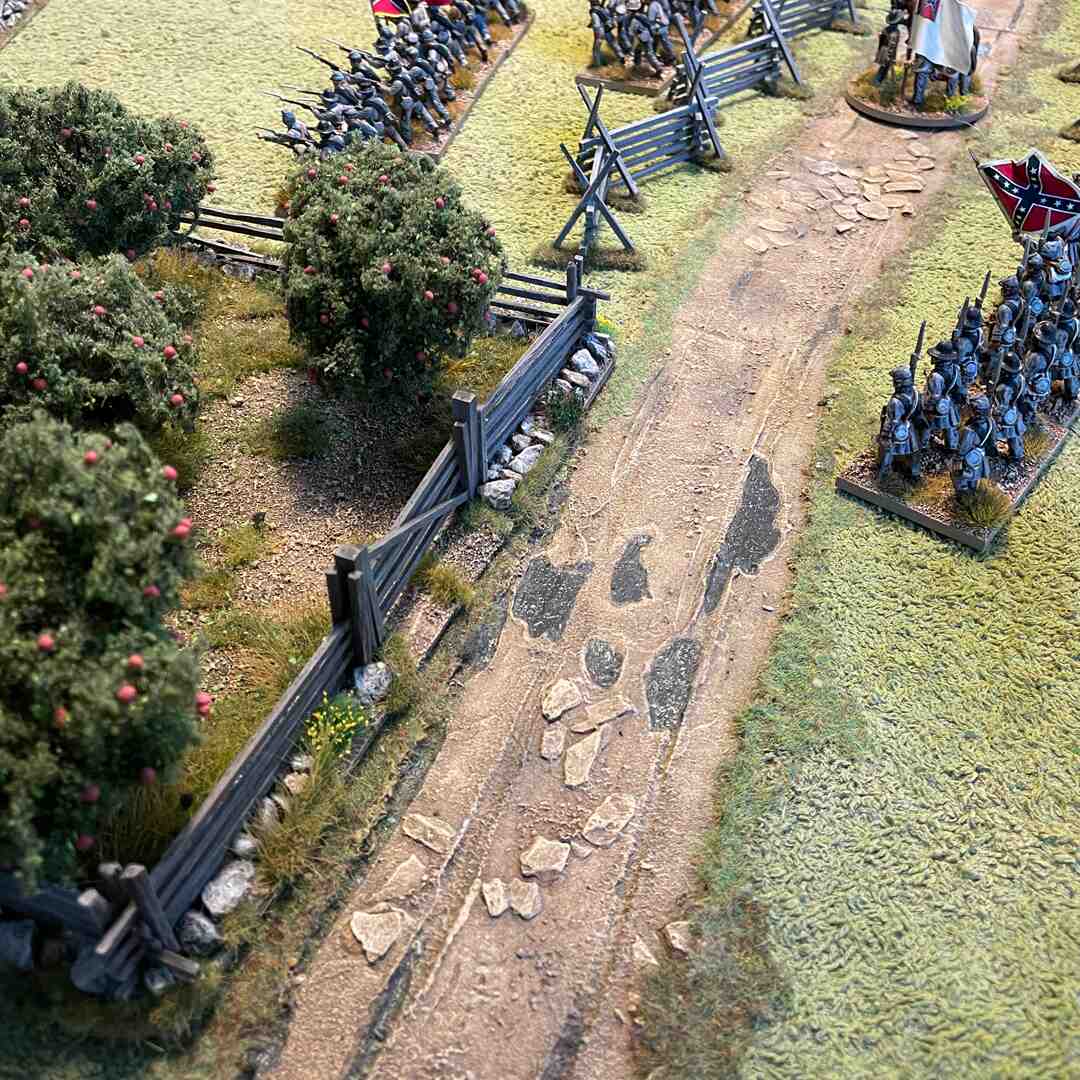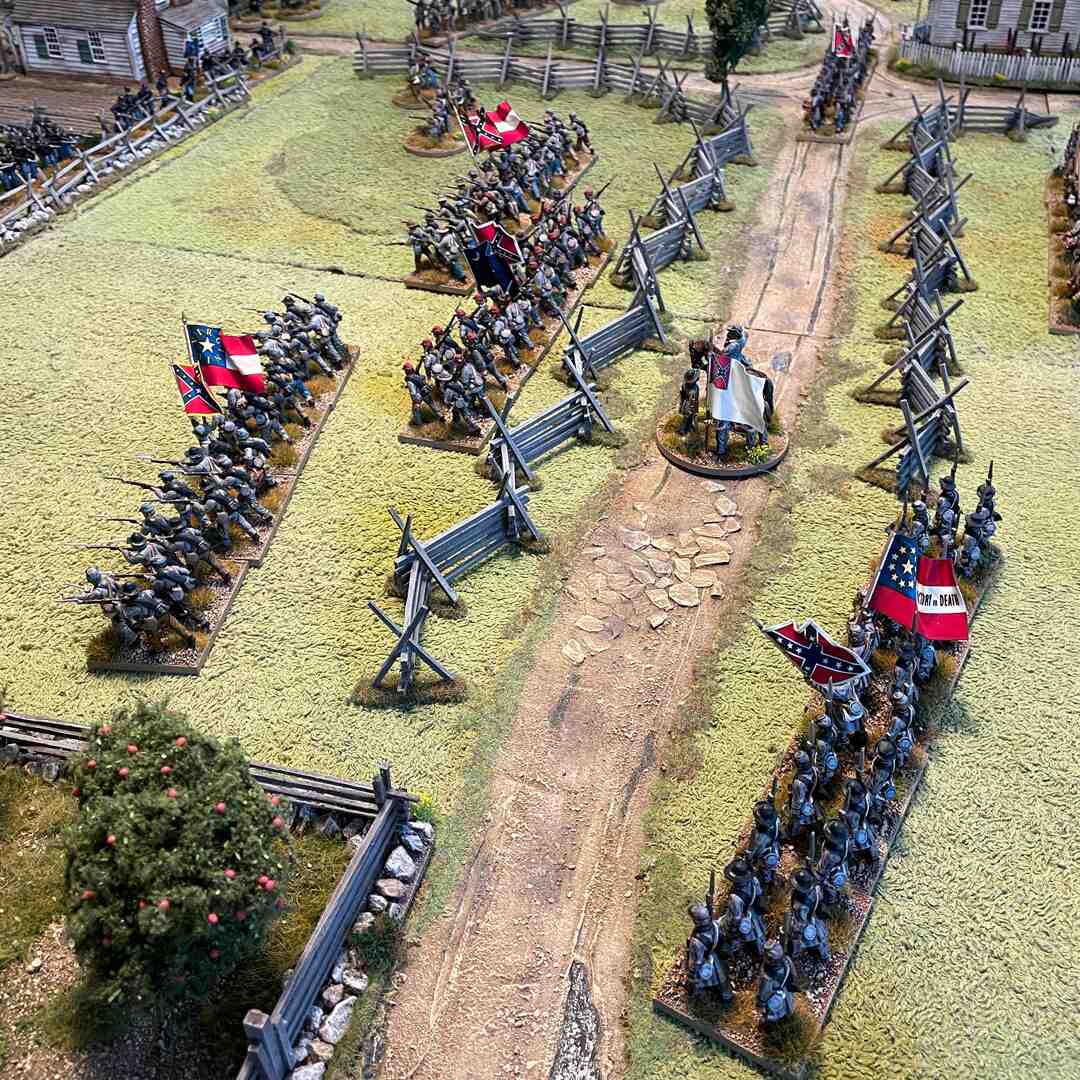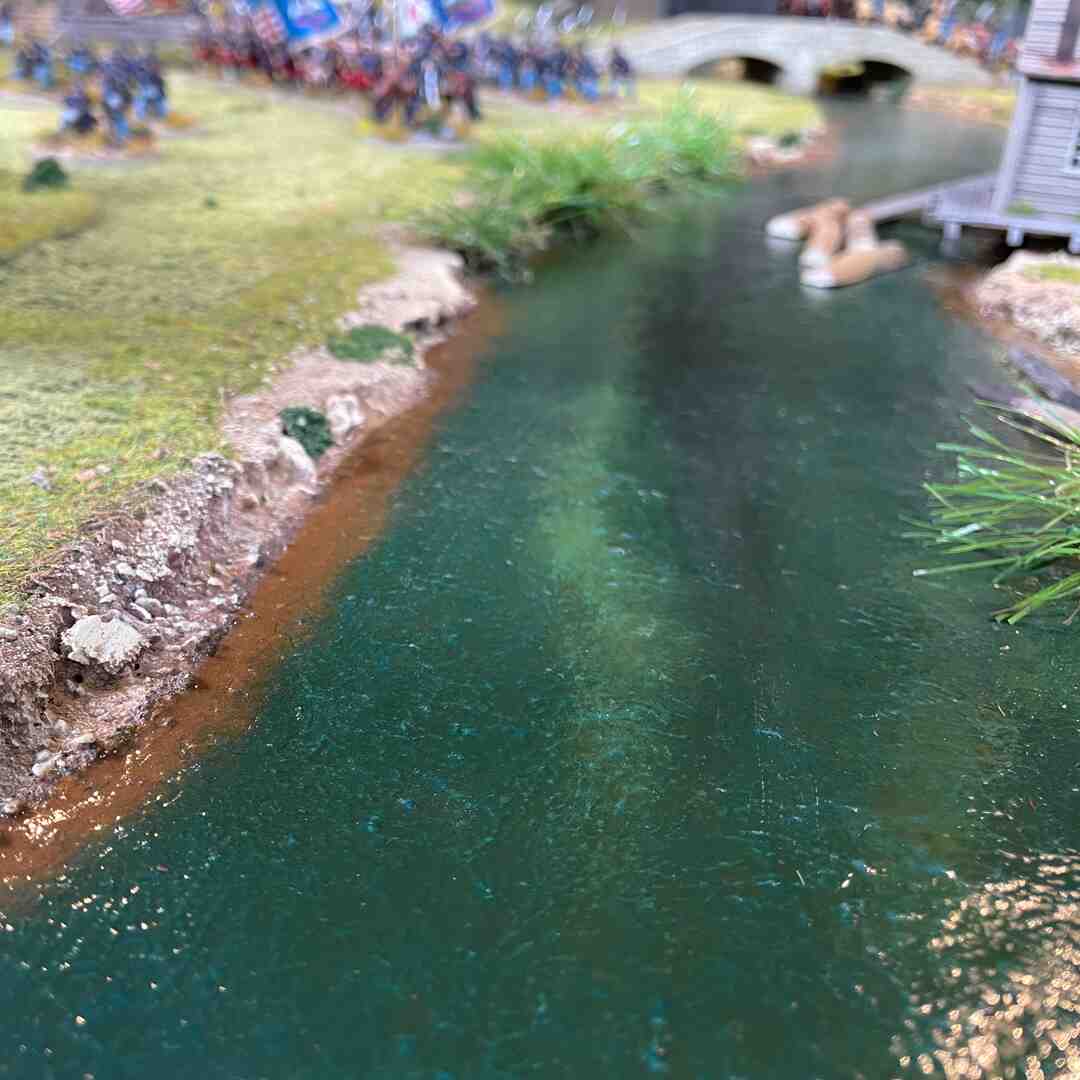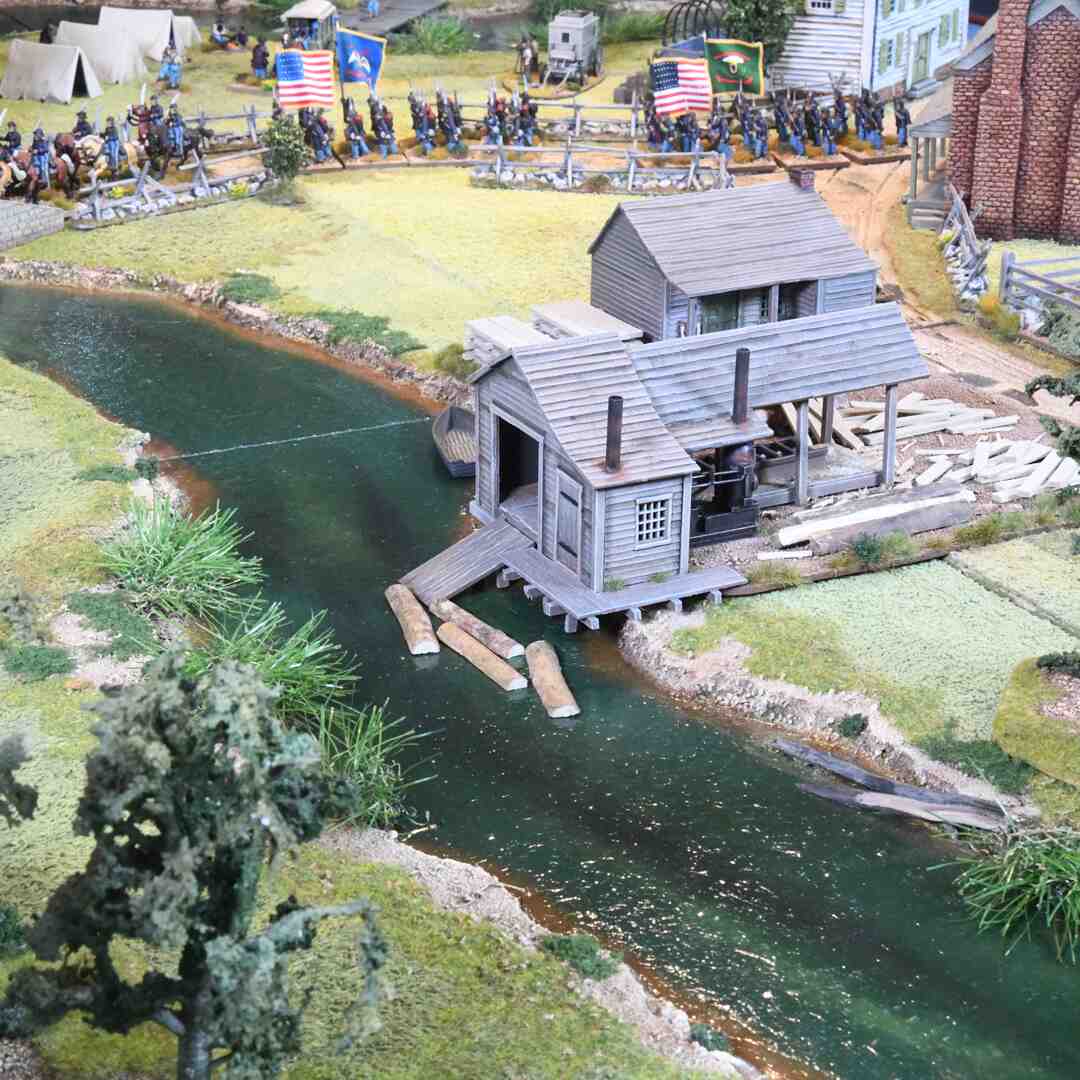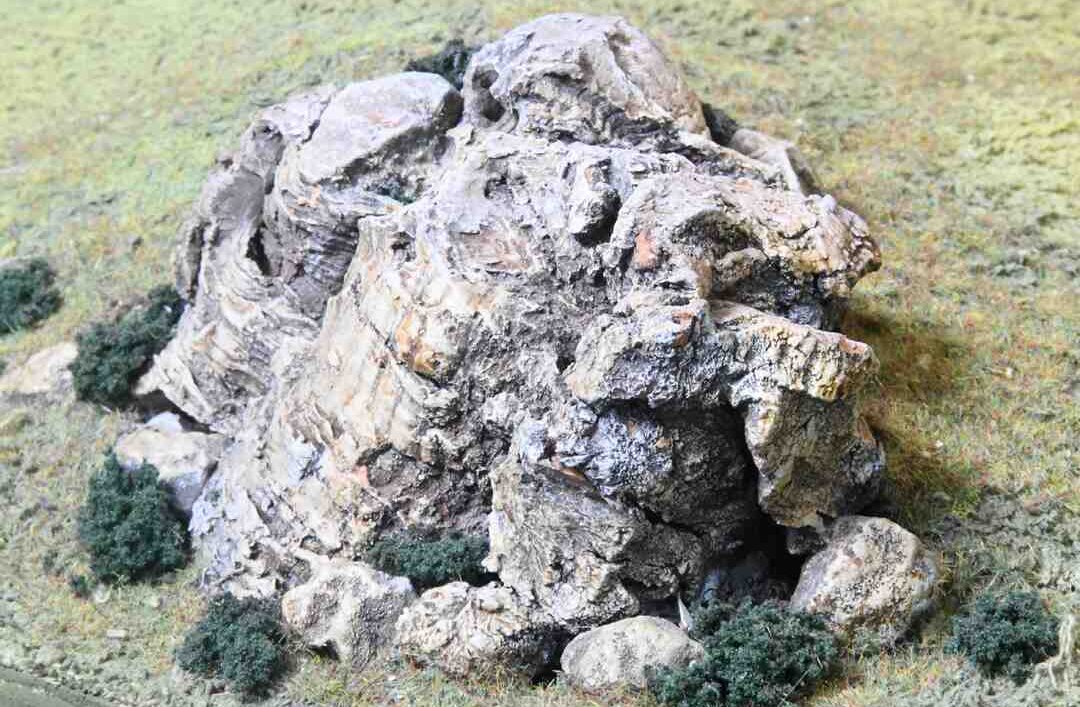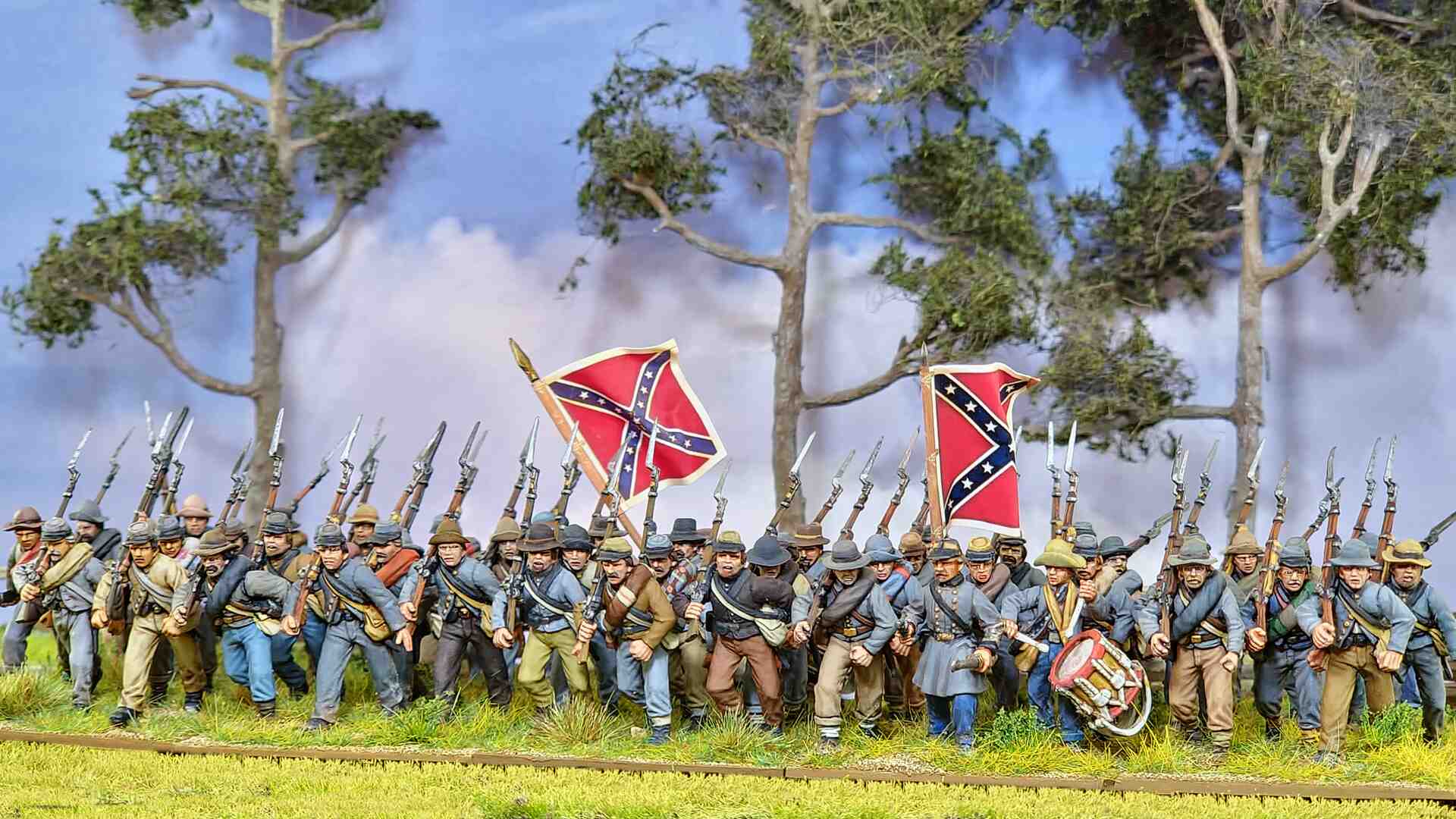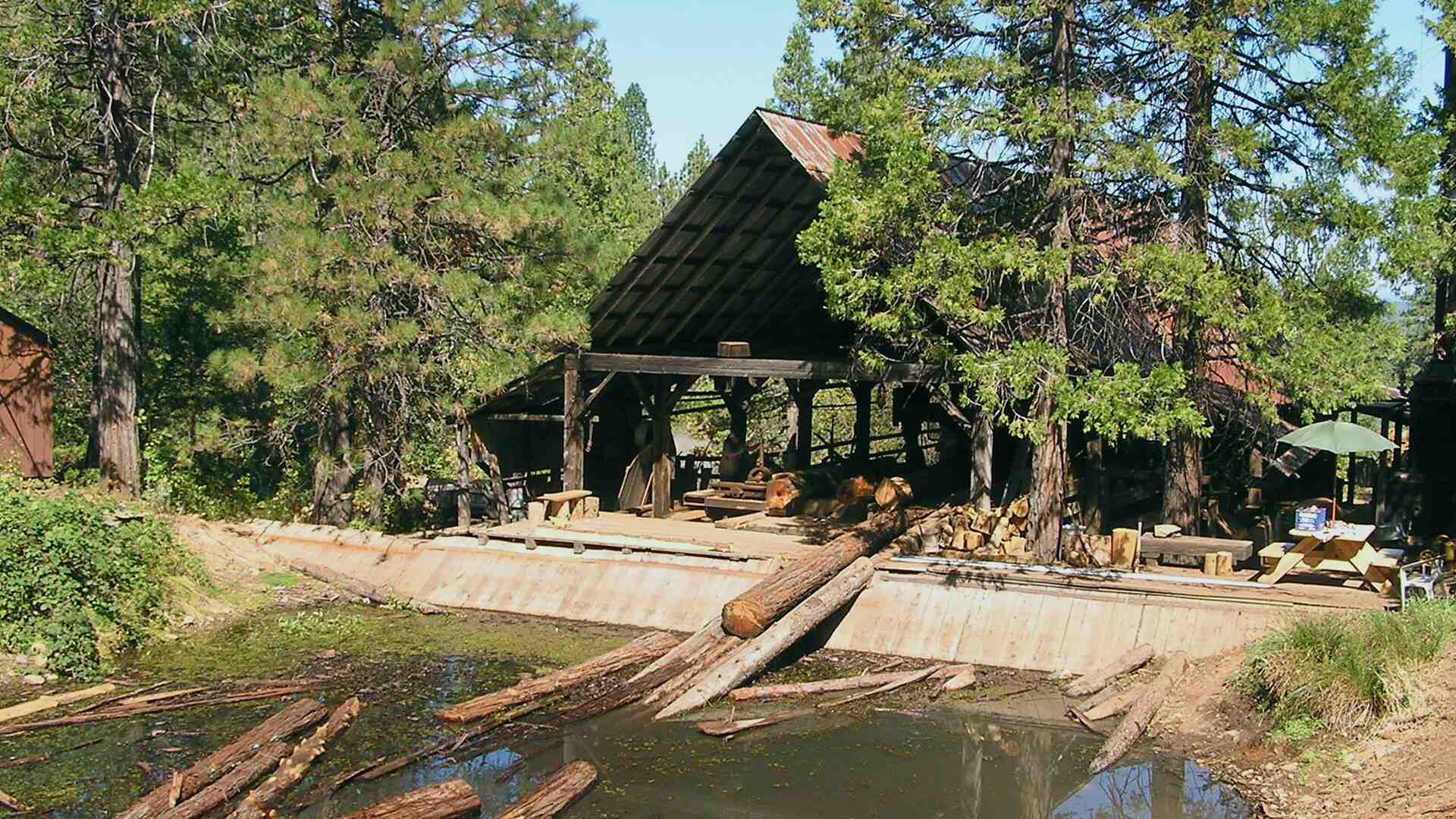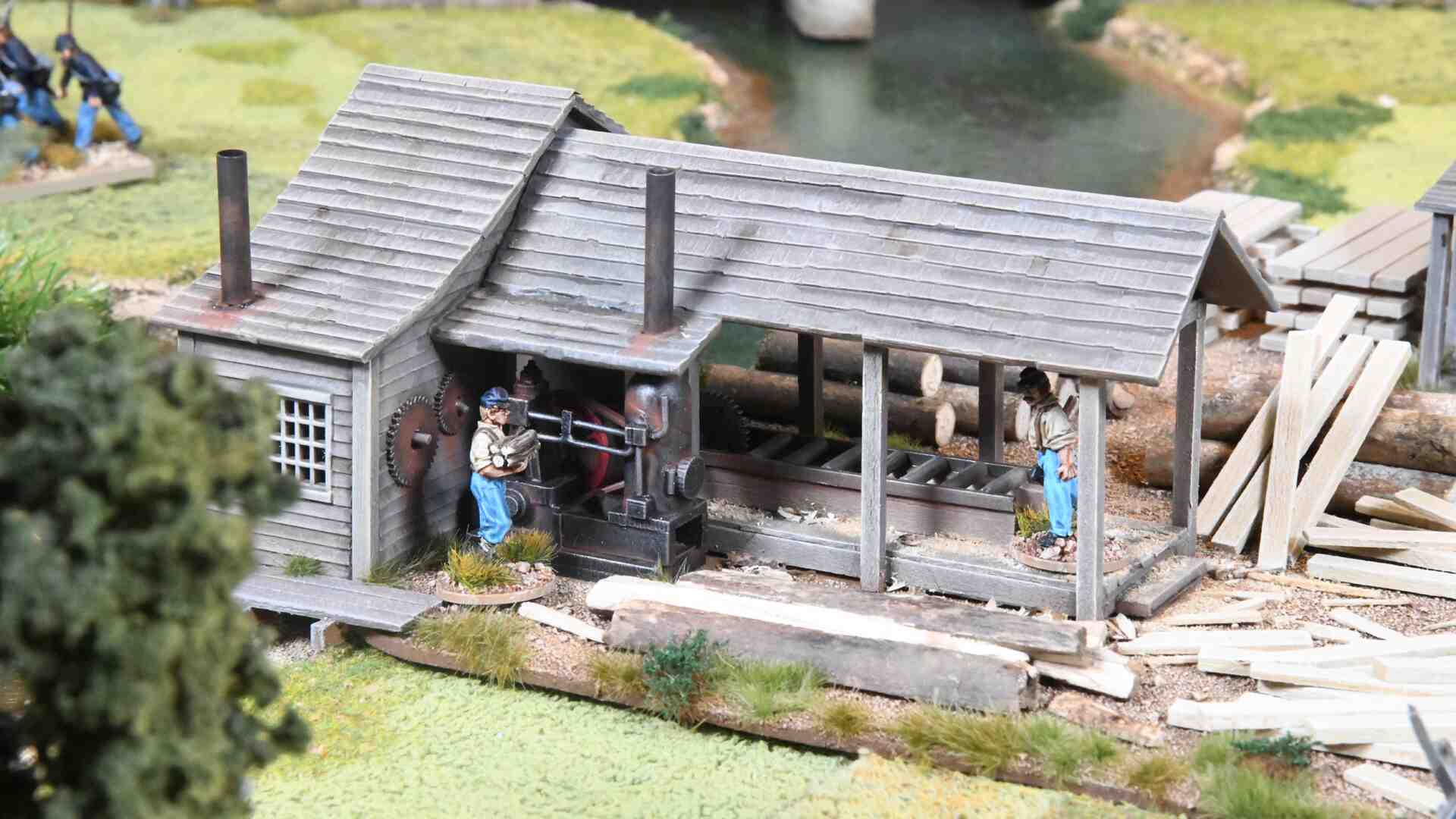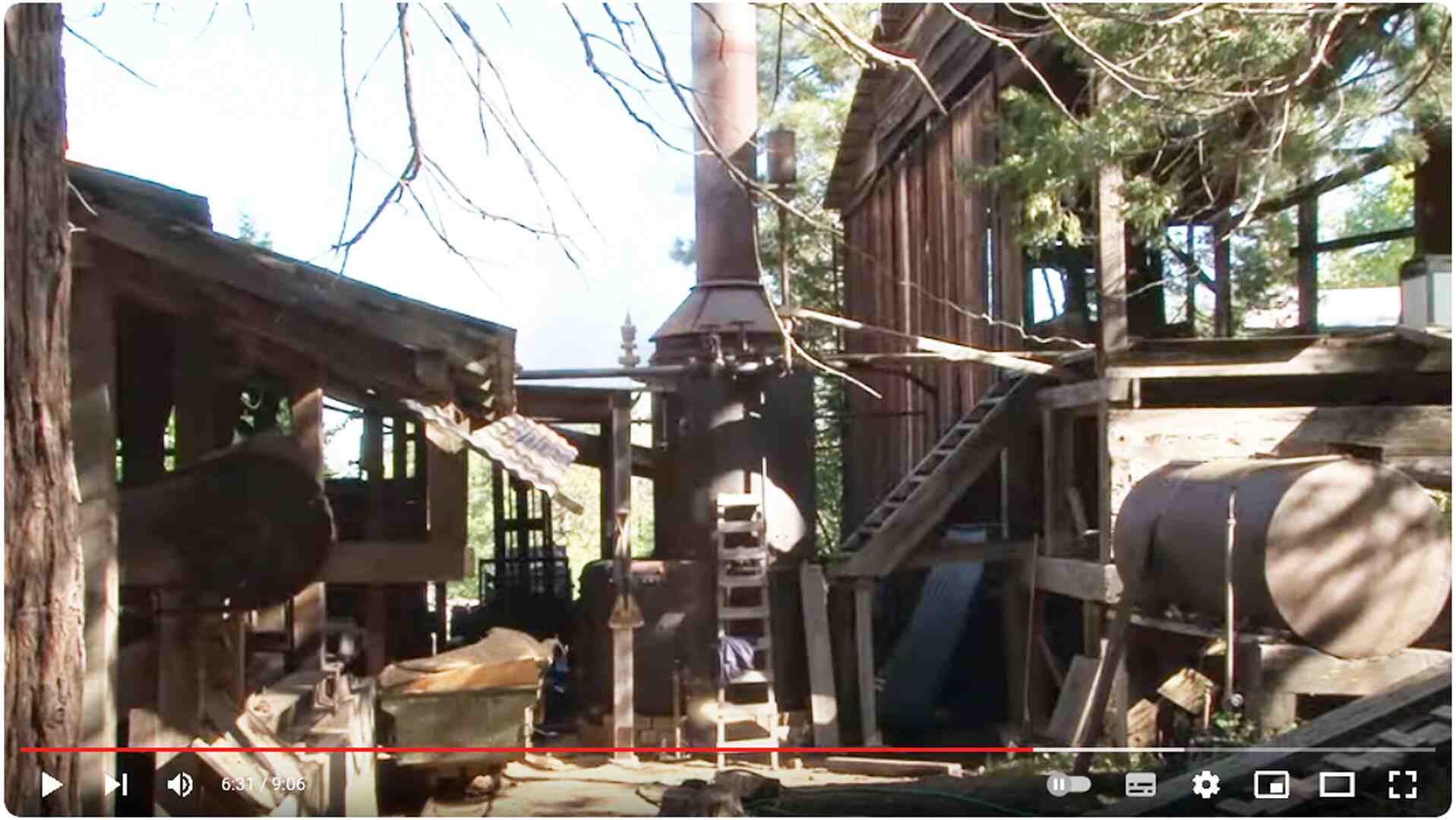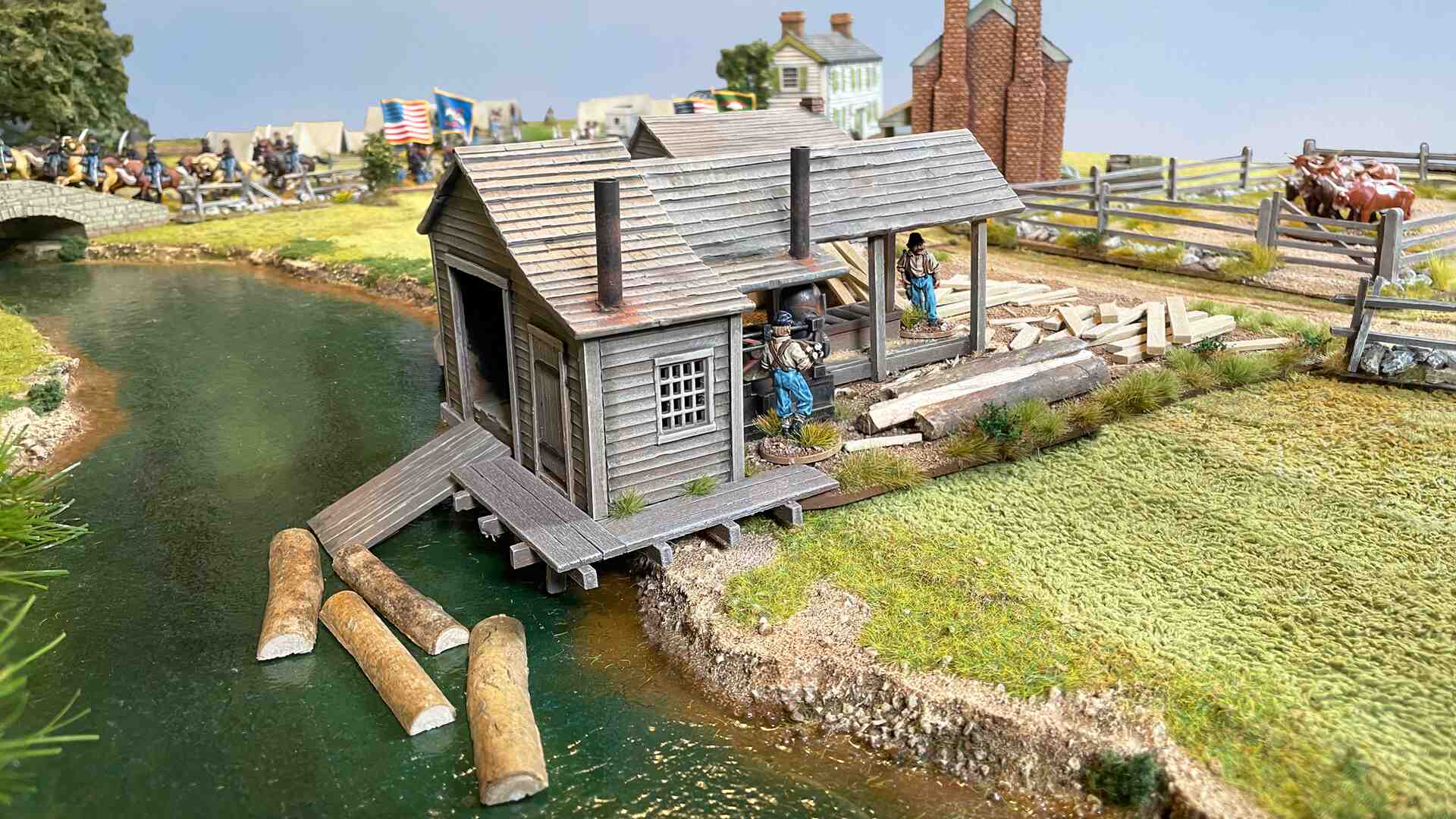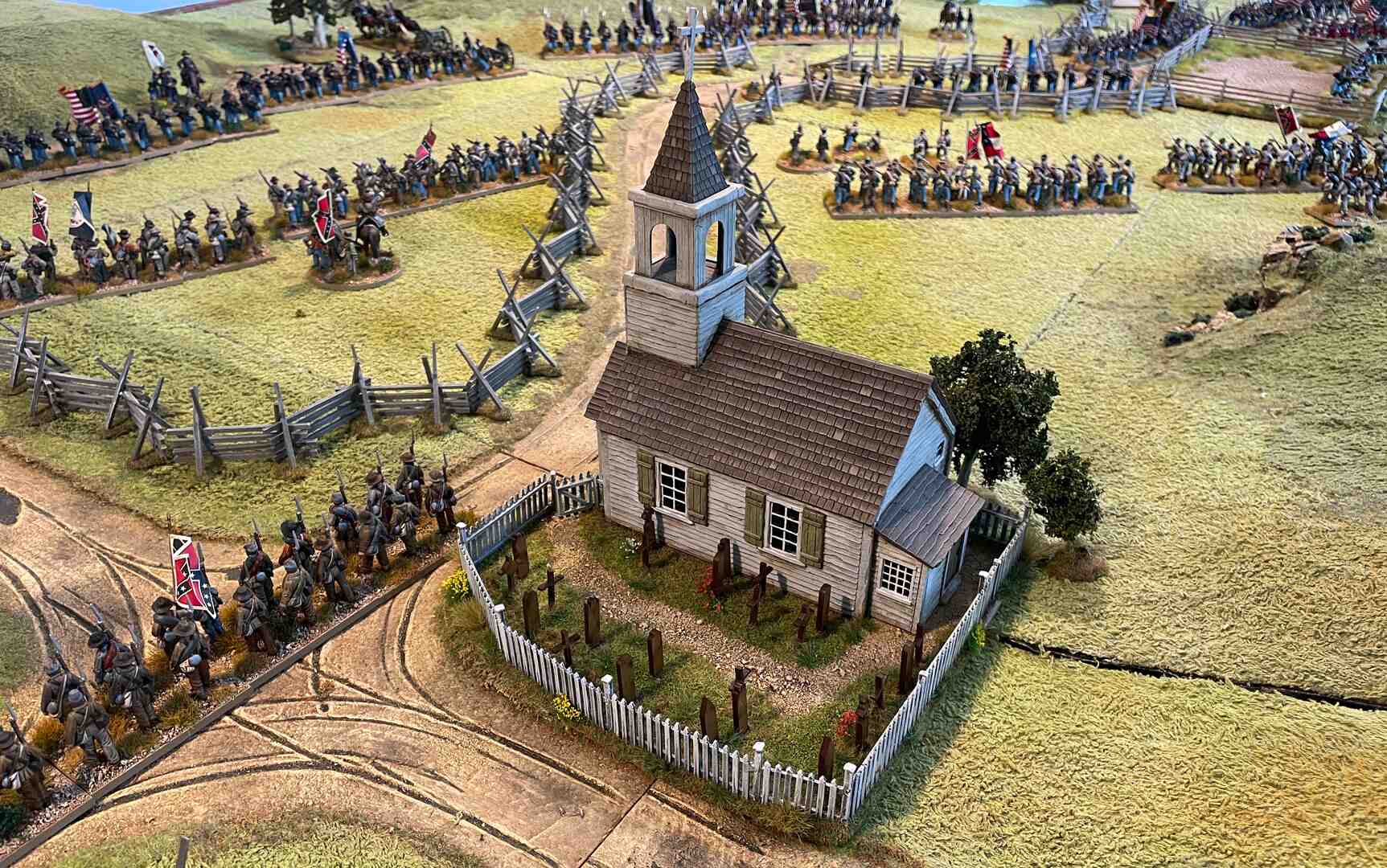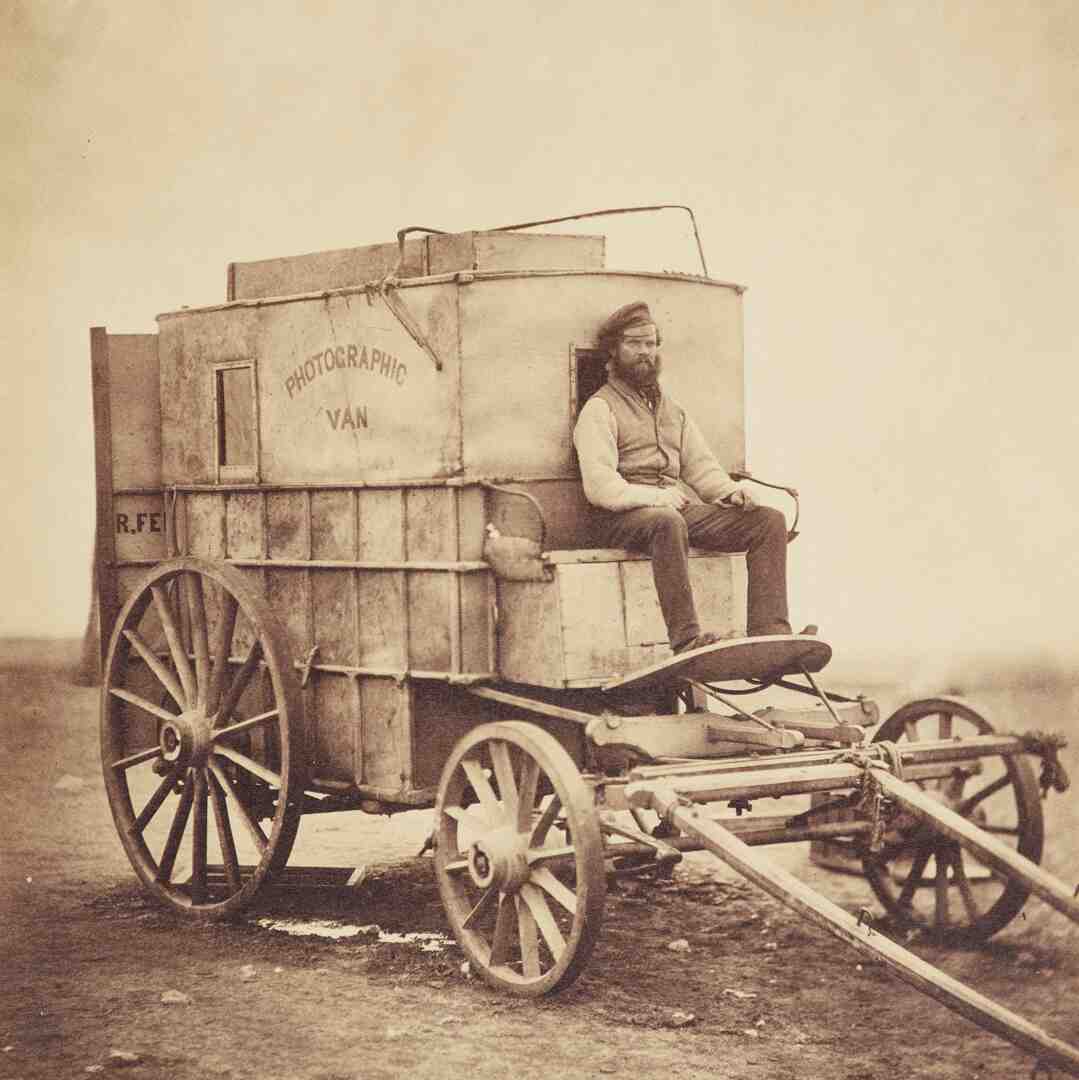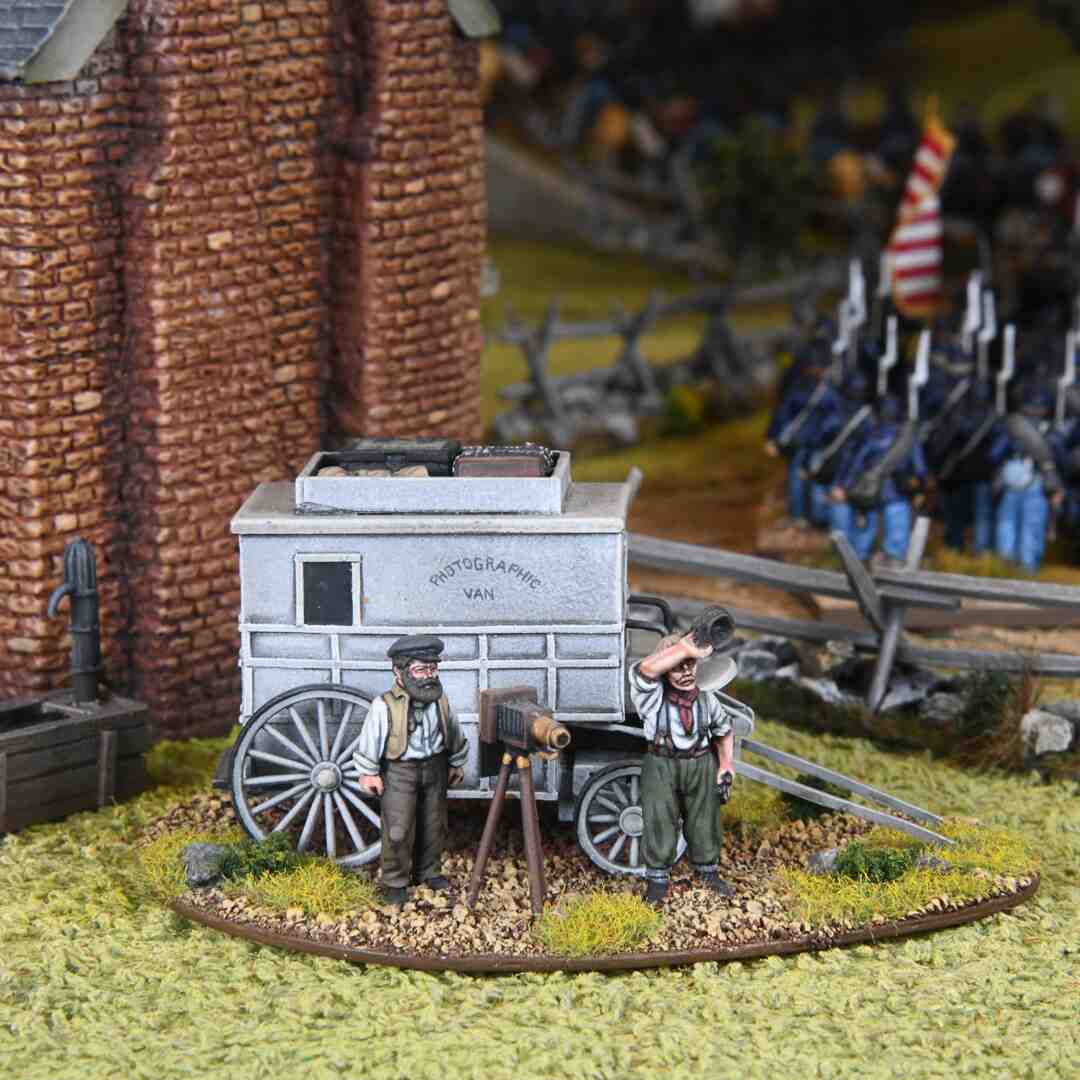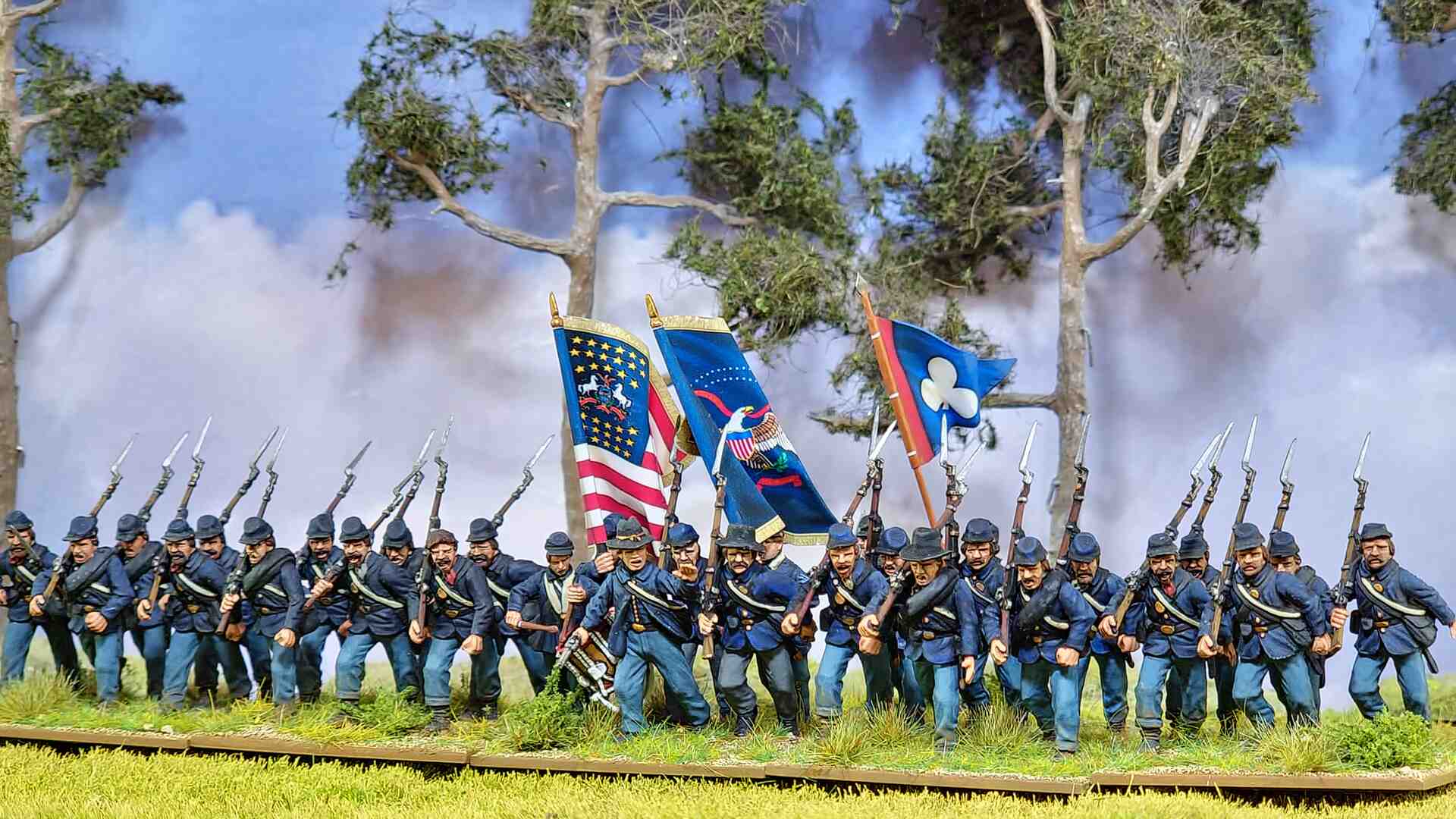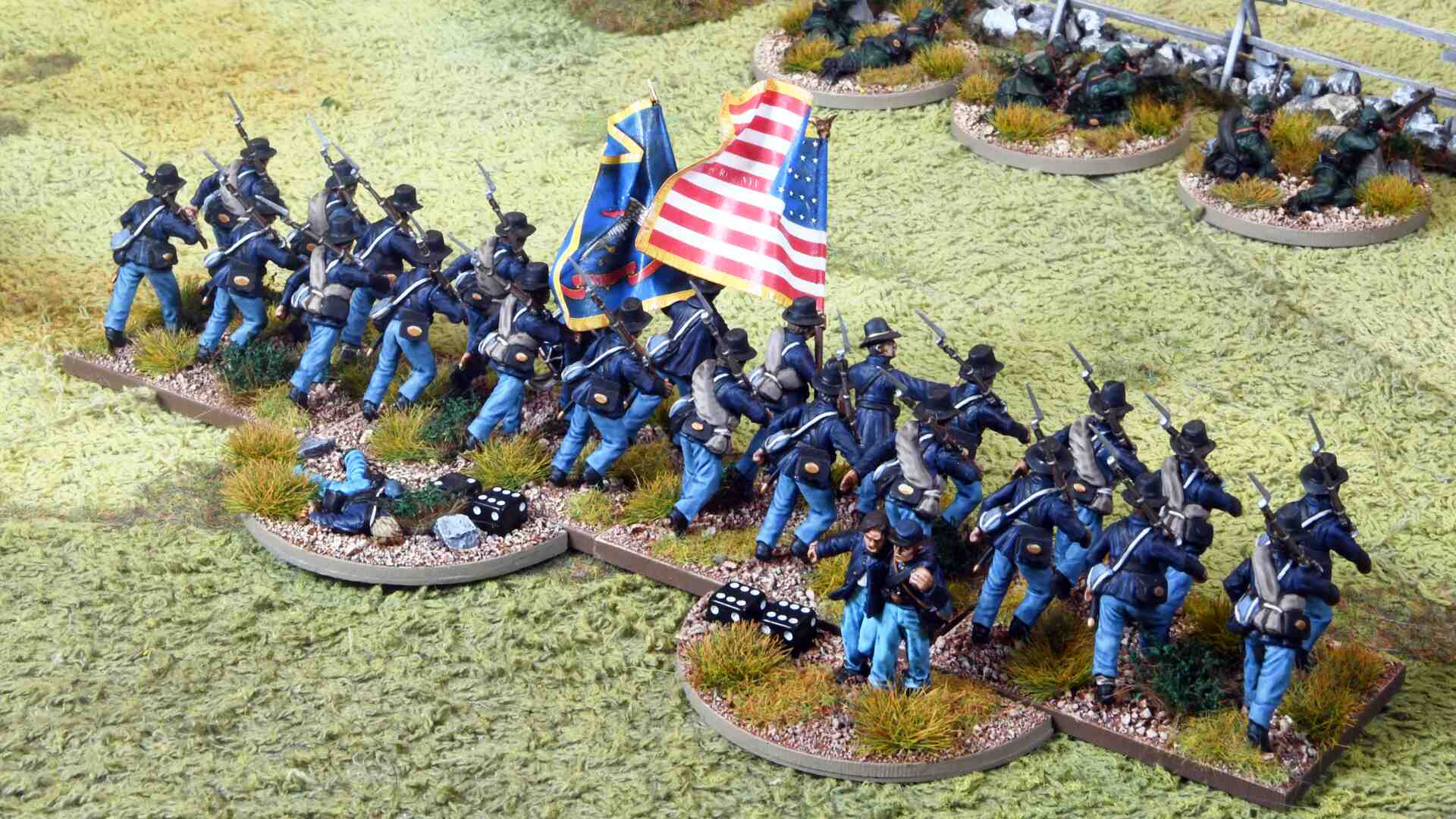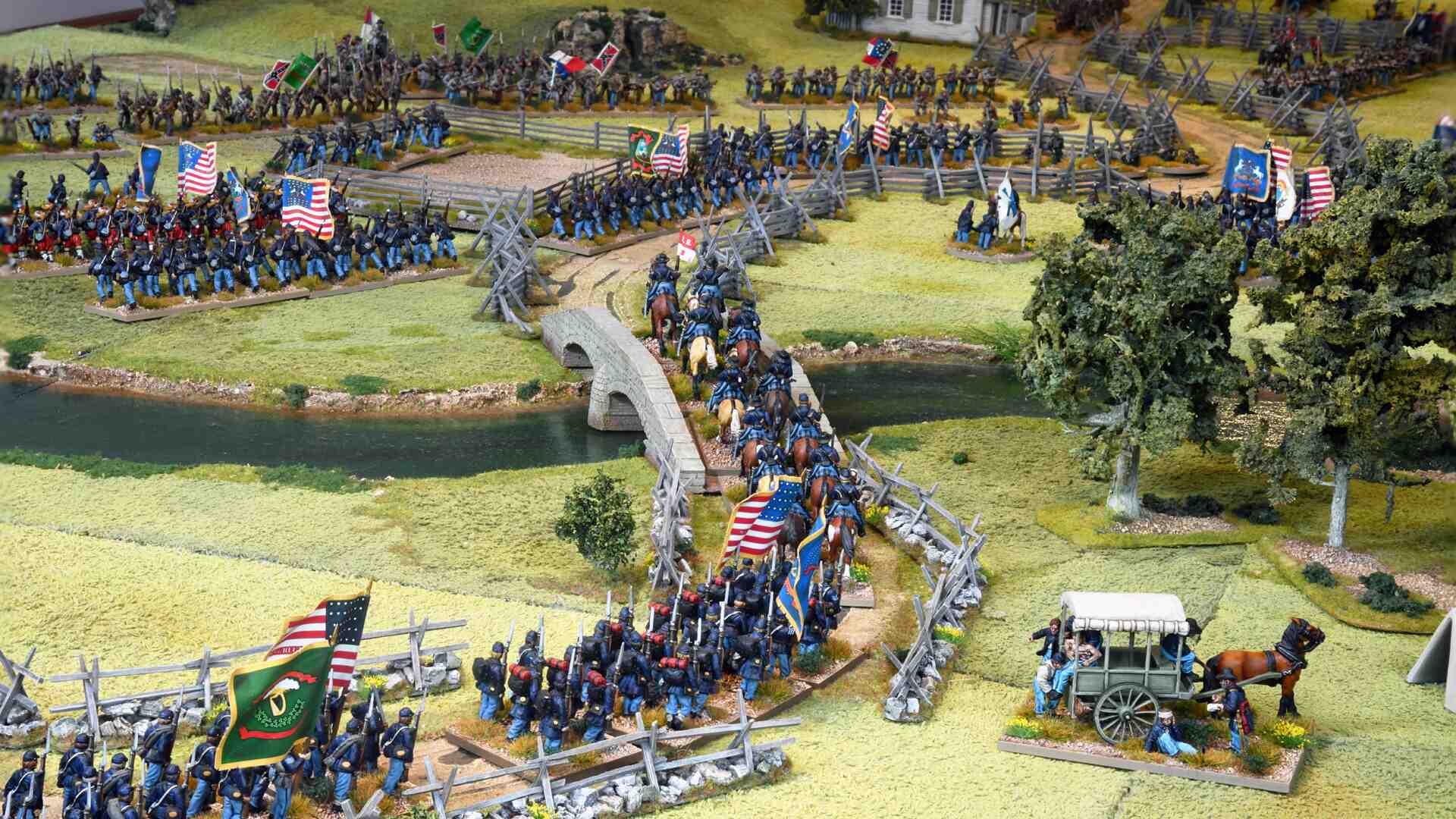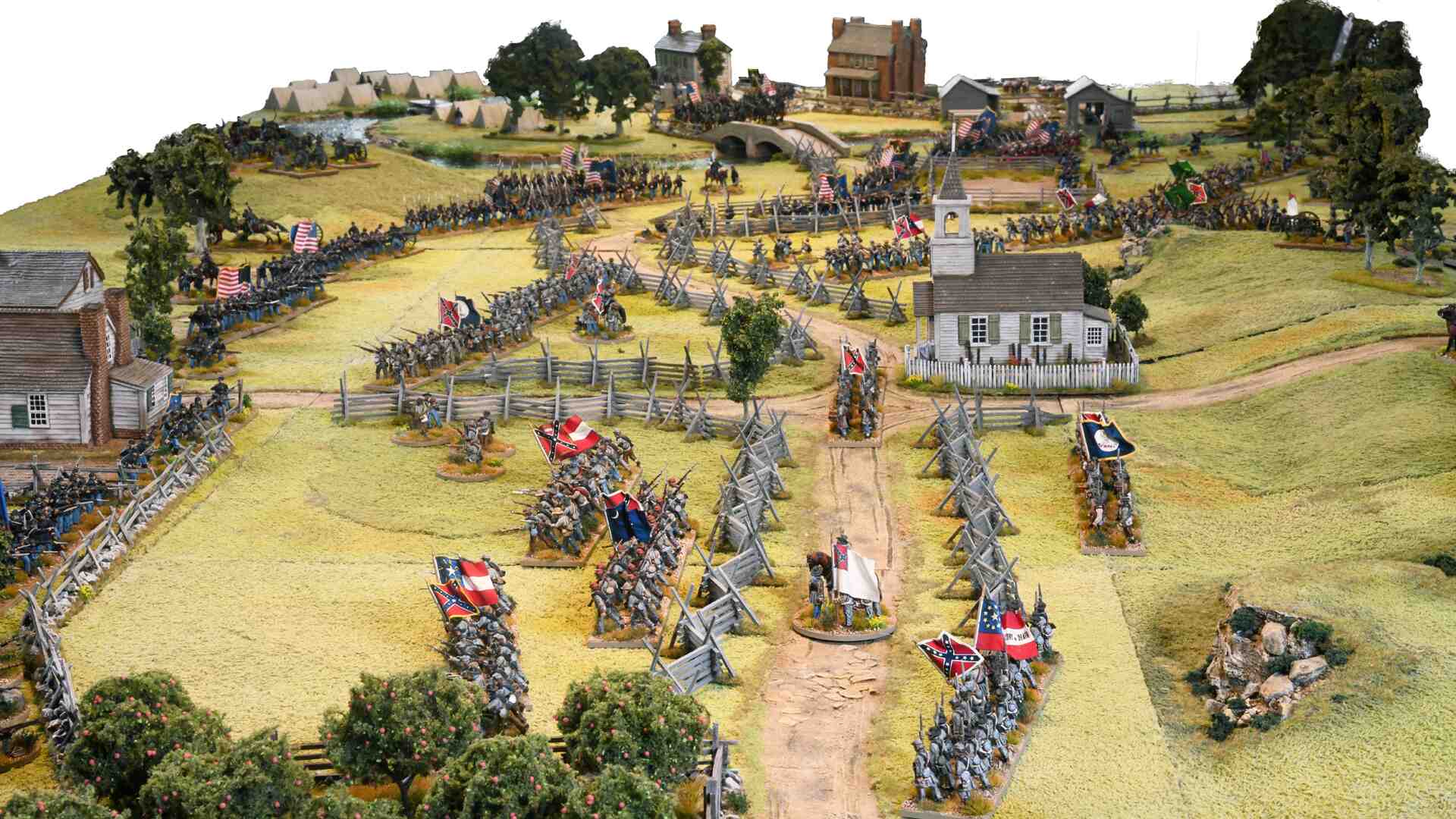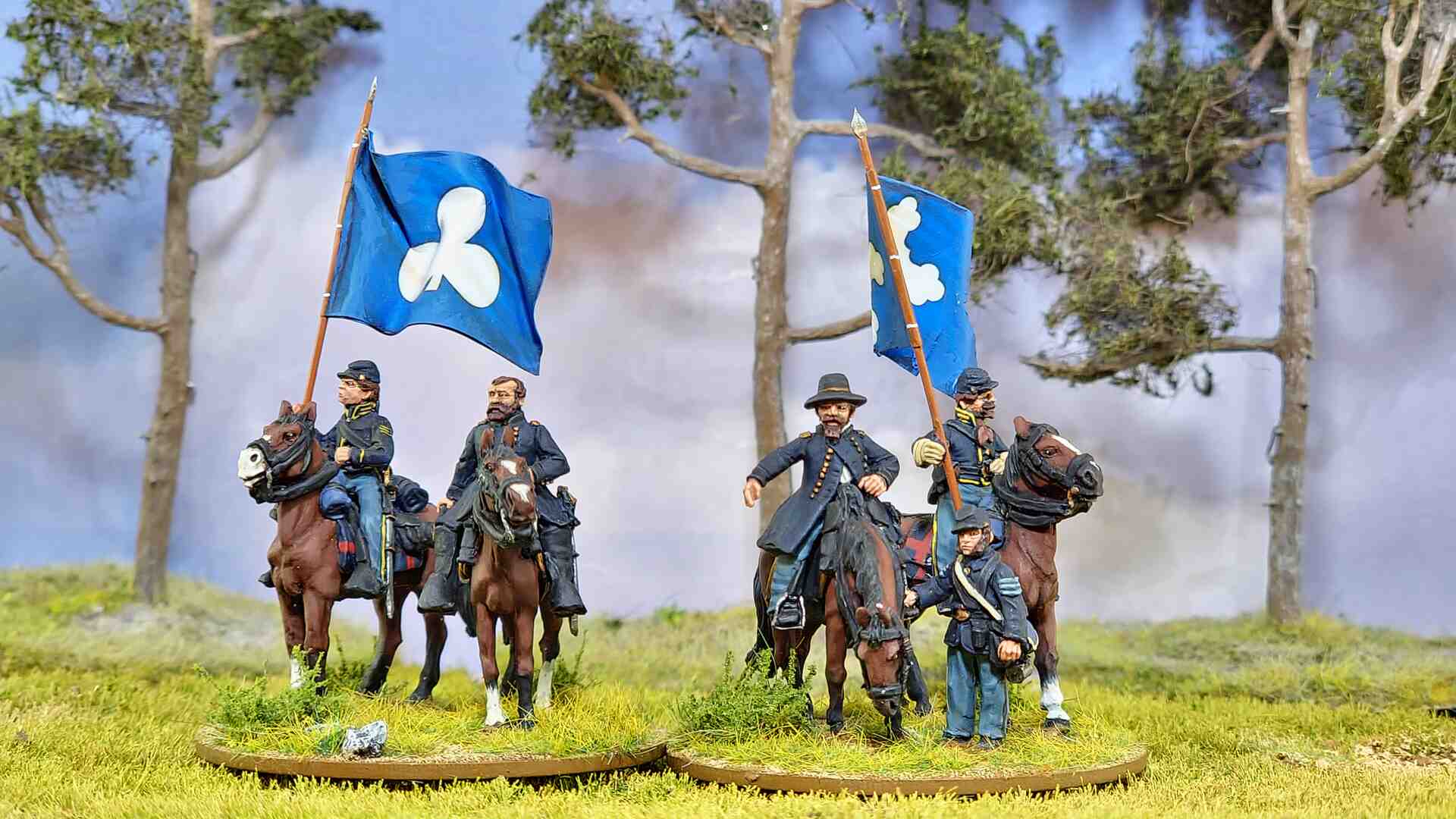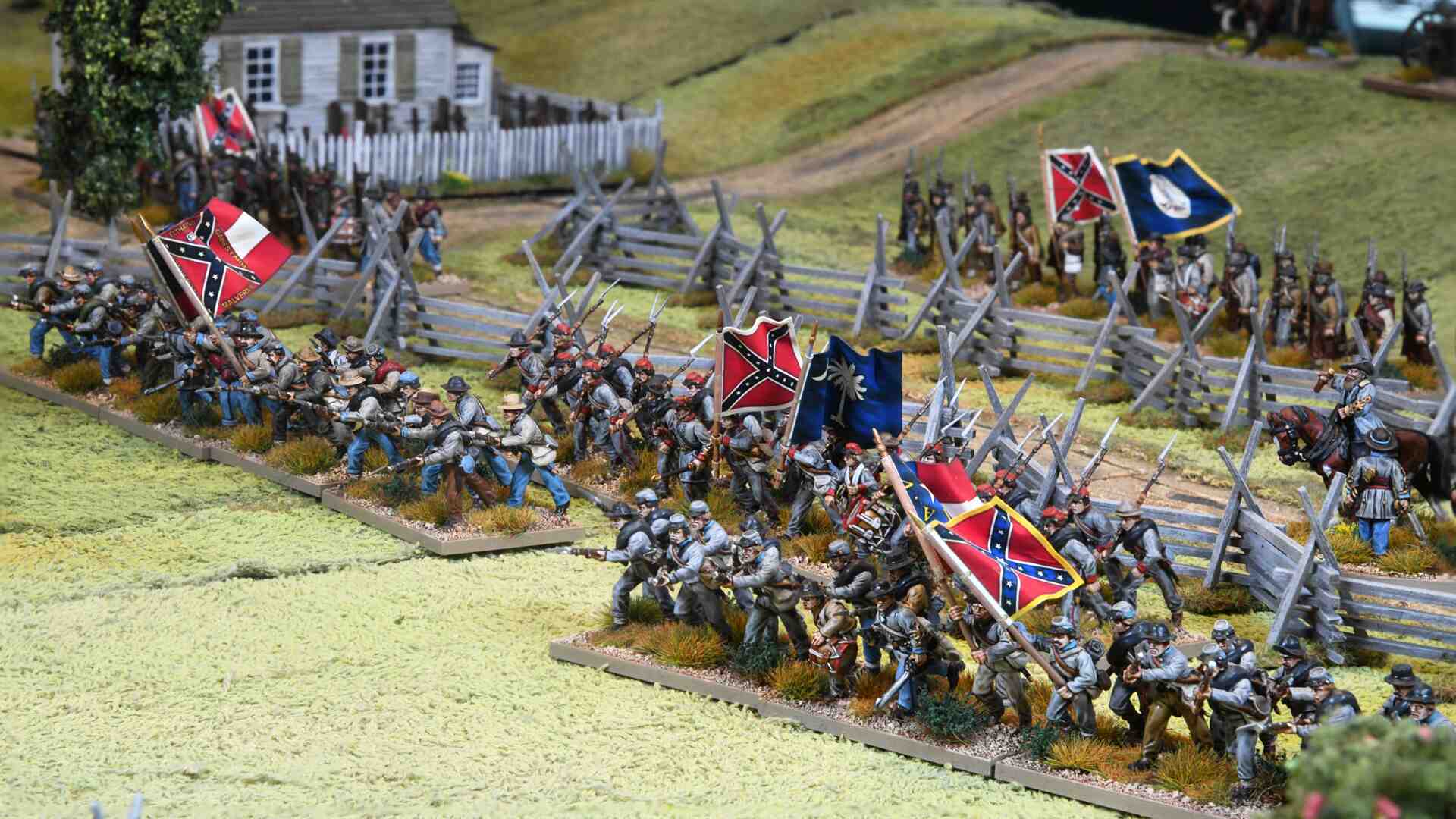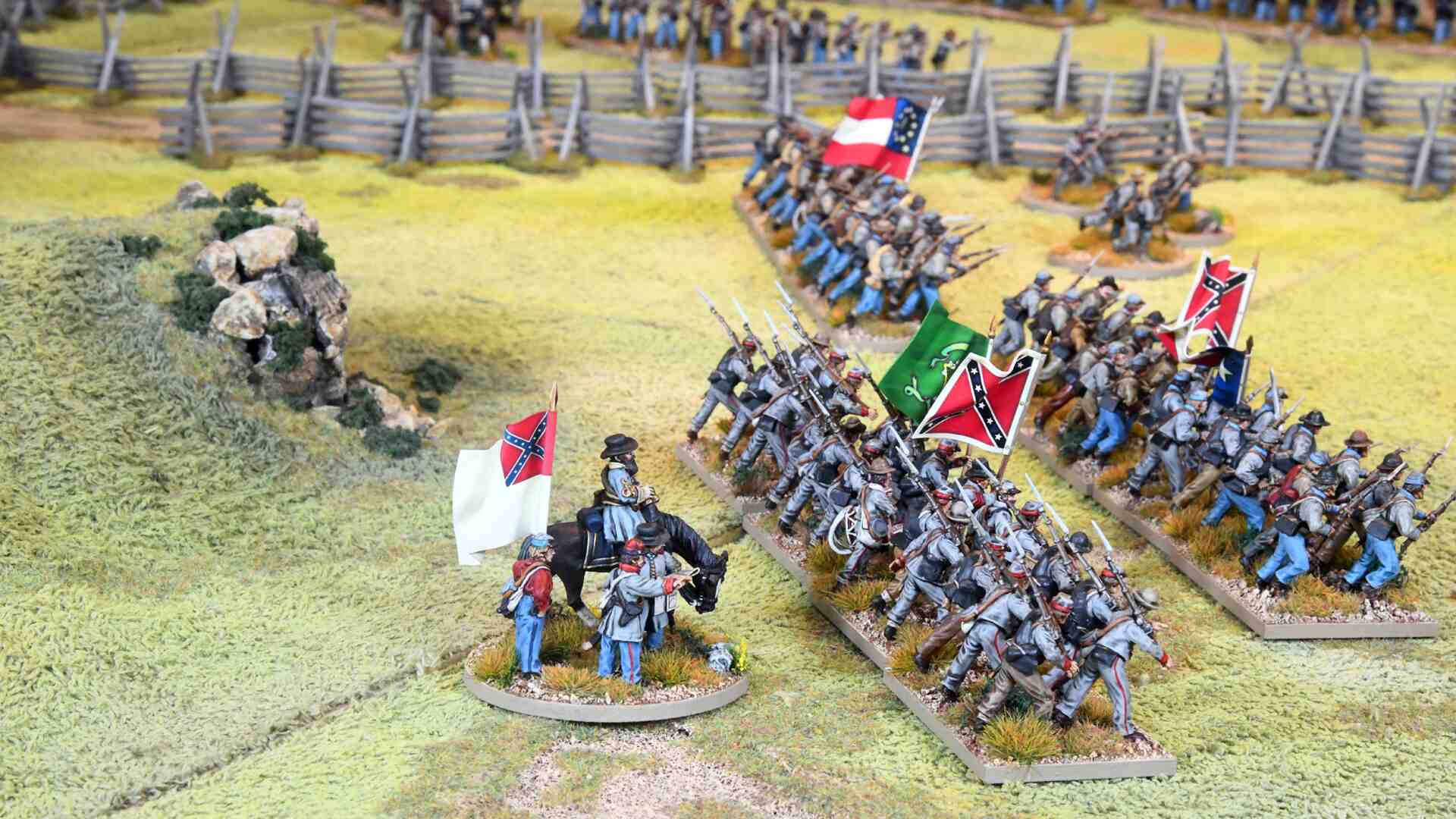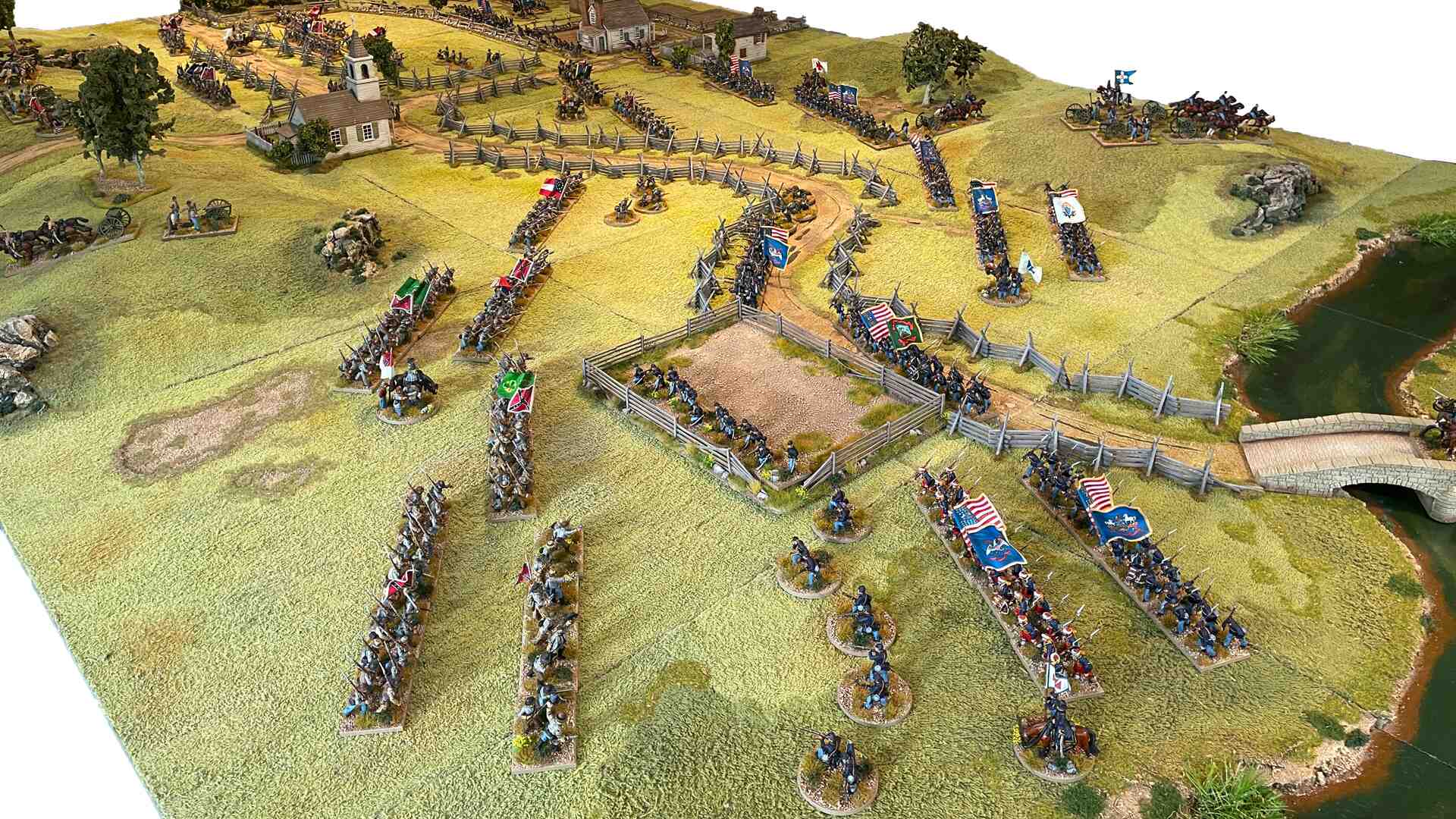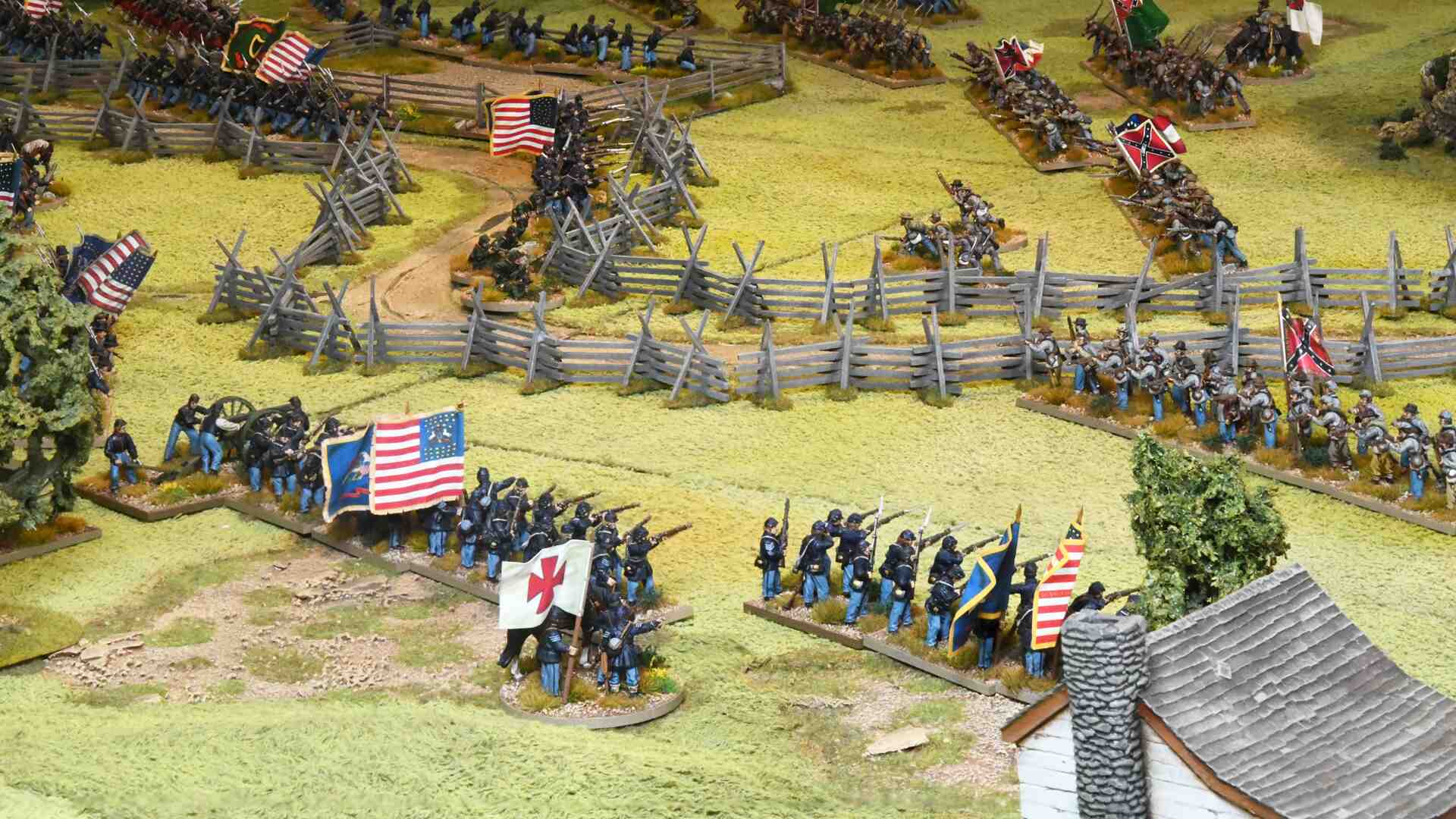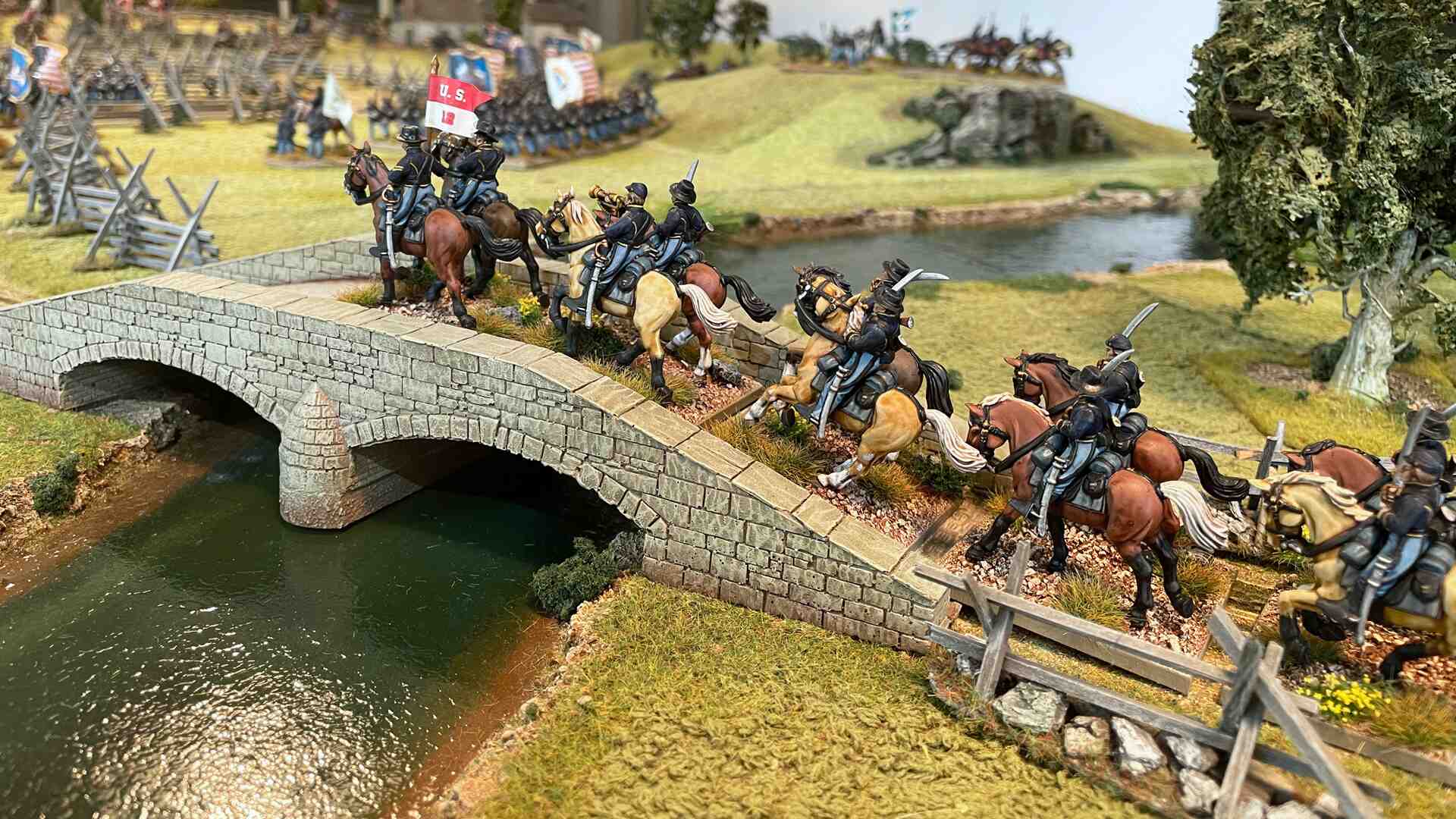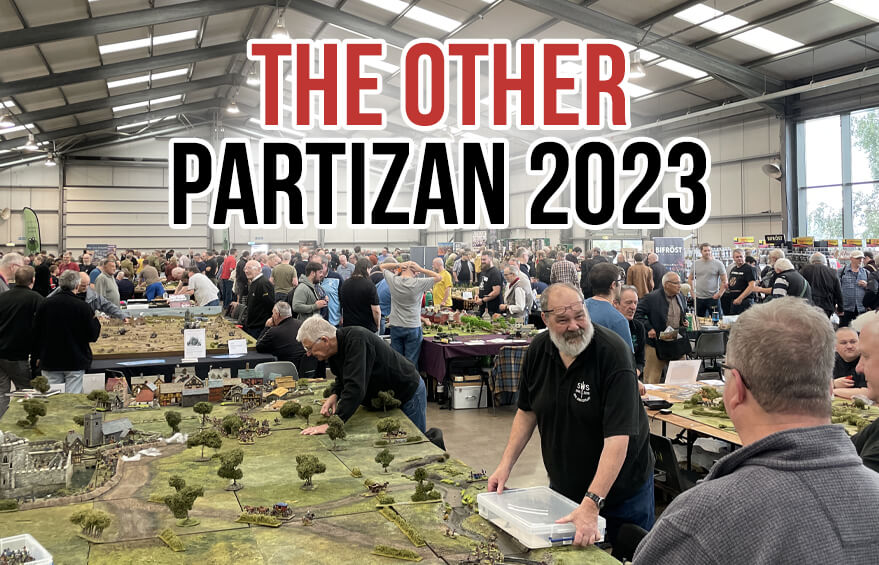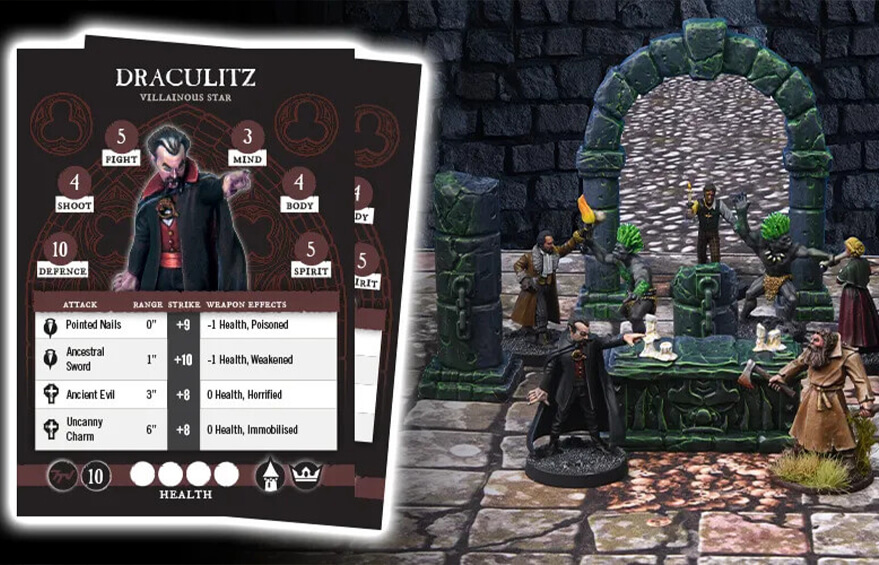Touring ‘The Battle’
We were so impressed with Messrs Andrews and Imrie’s American Civil War demo table at Partizan 2023, that we insisted they give us an in-depth tour of the board, sharing some details on how they brought it together along the way.
Over to Dave Andrews to tell us about the table and David Imrie to tell us about his figures.
TERRAIN BOARDS
Dave Andrews: The base is MDF, or plywood – I use both – with texture in cheap white towelling, coloured with Olive Green Washing Machine Dye. I’ve found if you do three to four meters, it comes out the colour you can see on my table. Obviously, the more fabric you dye in one go, the lighter it becomes. I then use cheap car paint spray in various shades of yellow and brown to create patches of light and dark. Most of what you can see though is just the colour of the dye. The cheaper and rougher the towelling is, the better the effect. The more expensive stuff tends to be more fluffy; nice for teddy bears, not so good for battlefield terrain. I bought mine from a market stall, the advantage being I could try (or at least feel) before buying, but the market’s gone now and I order it ‘off the roll’ online.
ROADS
They go on before the grass/towelling, made from Decorators Caulk, glued onto the baseboard. I then add some flock along the edges to blend it into the grass/towelling. Caulk is slightly flexible, so it doesn’t chip – making it preferable to filler. I add track marks, and puddles etc. depending on what feels right.
FIELDS
I was inspired by Pat Smith’s terrain making book Setting the Scene Volume 2 to create fields for this table using cheap table place mats as a base. I didn’t use exactly the same technique as him, but the place mat base is a great idea.
RIVERS AND BANKS
Nothing special here. It’s just blue paint on the boards, with a bit of filer added, then varnished. I’ve tried using various water effects and resins with disastrous results, so I keep it simple now. The river boards are thinner MDF (or plywood) than elsewhere, covered in carpet underlay, into which I dug the river. I just had some underlay around, so thought I’d give it a try. Going forward, I’m thinking of using carpet underlay more liberally; maybe making a whole board using it, on a thin layer of MDF or ply.
ROCKY OUTCROPS
They are made from the hobby classic; cork bark, drybrushed and washed.
TREES
I’ve adapted these from NOCK originals. They look good but are quite fragile, so I dip them in diluted PVA. They dry rock hard, and I then spray them with various rattle can colours.
THE STEAM-POWERED SAWMILL
The first steam-powered sawmill was built in the US in 1851. Mine isn’t based on any mill in particular, it’s a composite of several I studied via pictures and videos online. To be honest, I don’t know if any featured on, or near, any Civil War battlefields, but they certainly were around at that time.
The tree trunks would be floated down the river from where they had been felled, hauled inside the mill building, and then cut into timber planks by the steam-powered saw; coming out the other side of the building as lumber.
Sawmills were quite revolutionary. Prior to wood being sawn into planks, most buildings in the US were constructed using logs – the classic log cabin being the obvious example. In military history/wargaming terms, when you think about the French and Indian War, most of the buildings were constructed from logs, but by the Civil War most were constructed from planks/lumber.
The main mill building is scratch-built from cardboard and balsa wood and the outbuilding is a conversion of a Perry Miniatures plastic building with a new roof added. The steam engine and the saw are made from odds and ends from the bits box – there’s plasticard and part of a pen lid in there.
OTHER BUILDINGS
Apart from the Weather Board Church by Renedra – which I have converted slightly – pretty much all of the other buildings on the table are by Hovels. They were originally produced years ago, but I don’t think they can be beaten for quality and character.
THE BRIDGE
The bridge is also Renedra, with the pontoniers/engineer f igures coming from the Perrys’ French Napoleonic range, with head swaps. The ambulance is Perry as well, unconverted from their ACW range.
FIGURES
David Imrie: Everything in my ACW collection is Perry Miniatures, apart from two Crusader Miniatures – a prize if you can spot them!
The fags and banners are all from Flags of War.
The photographic van and crew are an old piece originally seen on Great War Miniatures’ Crimean War table [Wi303 – Ed], but that’s fine because the famous photographer Roger Fenton was in the Crimea and America to photograph both conflicts. The f igures are converted Foundry ACW artillery crew, and the wagon is diecast by Lledo, converted.
RULES AND CAUSALITY MARKERS
We generally use This Hallowed Ground for ACW gaming. It’s a PDF set by Jay White, available for free download from jayswargamingmadness.blogspot.com. The rules combine elements of Black Powder (generic unit concepts), Bolt Action (orders dice), and Kings of War (morale). They are quite simple, but visceral – they really seem to suit the period.
You record hits in the game, rather than removing figures, so I made some causality markers (seen right) to carry micro-dice and display the hits taken.
Related Posts
The Other Partizan
Thousands of gamers and collectors headed to Newark Showgrounds for the second Partizan of 2023. Team Wi was there to report on some truly spectacular tables and armies.
The Cult of Dracula Cards
Enjoy ‘The Cult of Dracula’ article from November’s issue? Download the following cards to print off and play with!

